Portland’s reputation as a quirky, creative city draws millions of visitors each year, but most tourists stick to the same well-worn path of food trucks, breweries, and Powell’s Books. While these spots certainly deserve their fame, the real magic of Portland lies in its lesser-known corners where locals spend their time.
The city’s neighborhoods hide remarkable spaces that showcase everything from underground art scenes to forgotten pieces of history. These places don’t make it onto most travel guides, but they’re exactly what gives Portland its authentic character.
Here is a list of 17 hidden gems that will show you a side of Portland most visitors never discover.
Forest Park’s Wildwood Trail
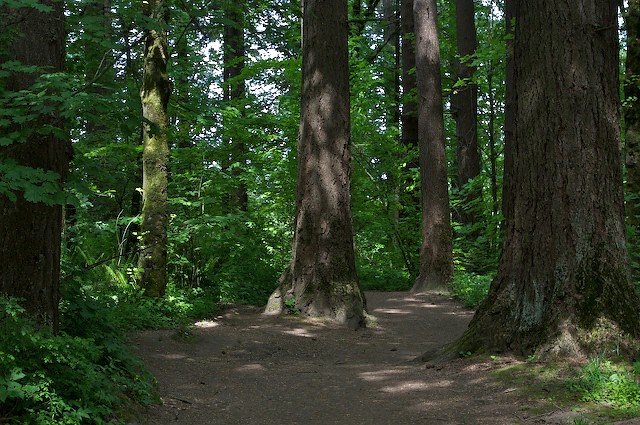
Most people know Forest Park exists, but few realize it’s one of the largest urban forests in the United States, stretching over 5,000 acres. The Wildwood Trail winds 30 miles through this green sanctuary, offering sections where you’ll forget you’re minutes from downtown. Head to the lesser-traveled northern sections where old-growth trees create cathedral-like spaces and the only sounds are your footsteps and birdsong. The trail connects to dozens of smaller paths, so you can easily spend an entire day exploring without retracing your steps.
The Grotto’s Upper Level
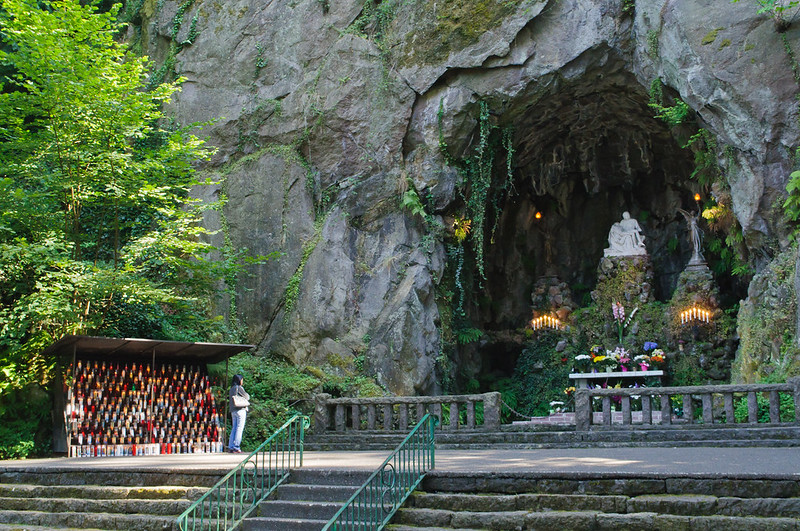
While many visitors stop by The Grotto’s main level to see the famous cave shrine, the real treasure lies 110 feet above on the upper level gardens. This peaceful botanical wonderland offers sweeping views of the Columbia River, Mount St. Helens, and the Cascade Range that most tourists never experience. The meditation chapel tucked among the trees provides a moment of tranquility that feels worlds away from the city below. During spring and summer, the gardens burst with over 400 species of plants, creating a natural sanctuary that locals use as their personal retreat.
Rimsky-Korsakoffee House

This late-night coffeehouse operates like a magical realism novel come to life, with tables that move, shake, and even play music when you least expect it. The quirky atmosphere includes everything from a ouija board table to a toilet seat that might surprise you with classical music. Owner Goody Cable has been delighting customers since 1980 with these playful installations that turn a simple coffee date into an adventure. The place stays open until 2 AM on weekends, making it perfect for night owls who want something completely different from Portland’s typical café scene.
Pittock Mansion’s Secret Trails
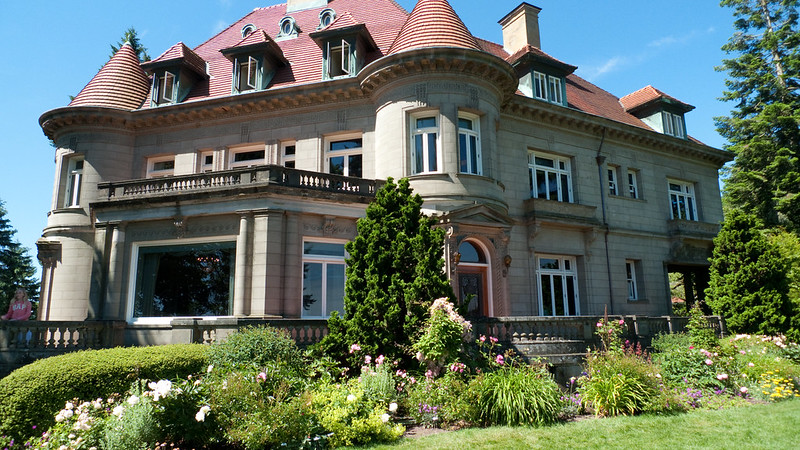
Everyone knows about the mansion itself, but the network of unmarked trails behind the building leads to some of Portland’s best viewpoints without the crowds. These paths wind through dense forest and emerge at clearings that offer dramatic views of Mount Hood and the city skyline. Local hikers have created informal routes that connect to other trail systems, giving you access to miles of exploration right above the city. The trails are particularly magical during winter when fog rolls through the trees and the mansion appears to float above the clouds.
Peninsula Park Rose Garden
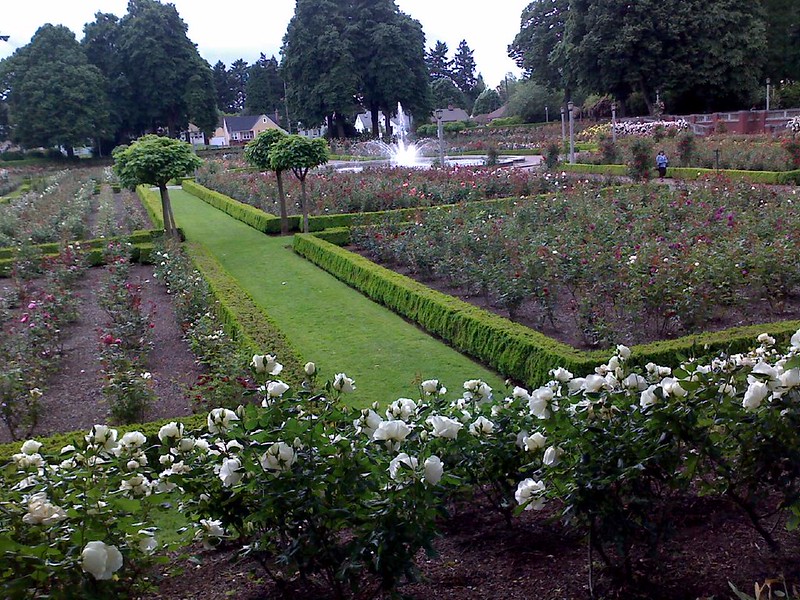
While most tourists flock to the International Rose Test Garden, Peninsula Park’s sunken rose garden offers a more intimate experience with over 6,500 rose plants. This formal garden, built in 1913, features a bandstand where free concerts happen during summer months, creating a community atmosphere that feels like stepping back in time. The surrounding park includes Portland’s only remaining historic bandstand and wide open spaces where families gather for picnics. The roses bloom from May through October, but the garden’s formal design makes it beautiful even in winter when the bare stems create intricate patterns against the sky.
Mount Scott Park
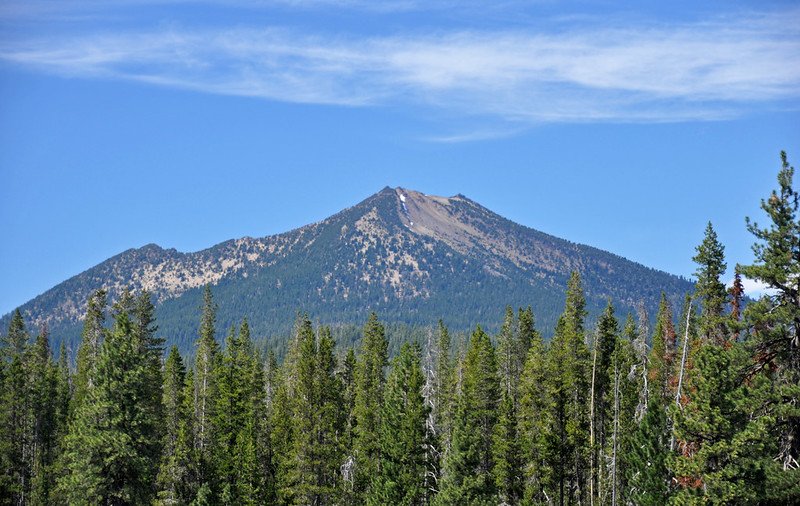
This extinct volcanic cinder cone in Southeast Portland provides 360-degree views that rival Mount Tabor without the tourist buses. The short, but steep trail to the summit takes about 15 minutes and rewards you with panoramic vistas of the Cascade Mountains, downtown Portland, and on clear days, five different mountain peaks. Local families use this as their go-to spot for sunset picnics, and the wide summit area gives everyone plenty of space to spread out. The park also features one of Portland’s best-maintained disc golf courses winding through old-growth oak trees at the base of the hill.
Laurelhurst Park’s Secret Pond
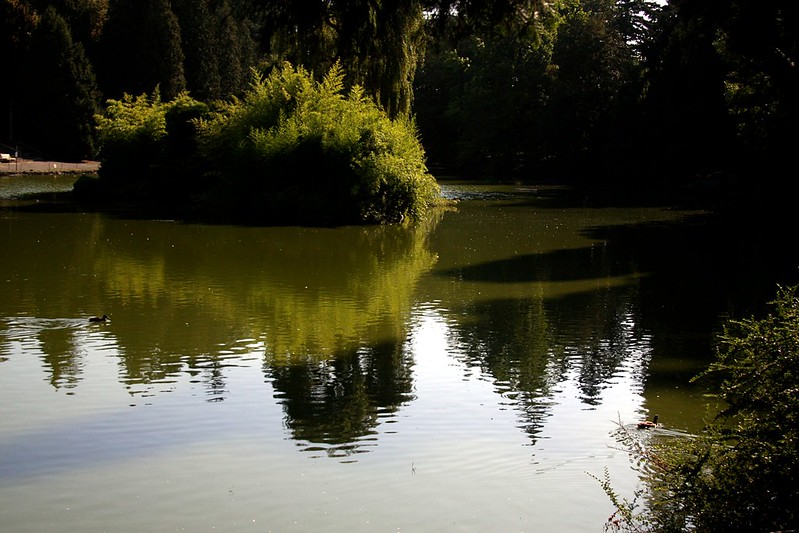
While Laurelhurst Park attracts plenty of visitors, most people miss the small pond tucked away in the park’s southeast corner. This quiet water feature attracts dozens of bird species throughout the year, making it a favorite spot for local birdwatchers and photographers. The surrounding area includes some of Portland’s oldest trees and benches positioned perfectly for reading or quiet contemplation. During winter, the pond sometimes freezes over, creating a mirror-like surface that reflects the bare branches and creates an almost mystical atmosphere.
The Peculiarium
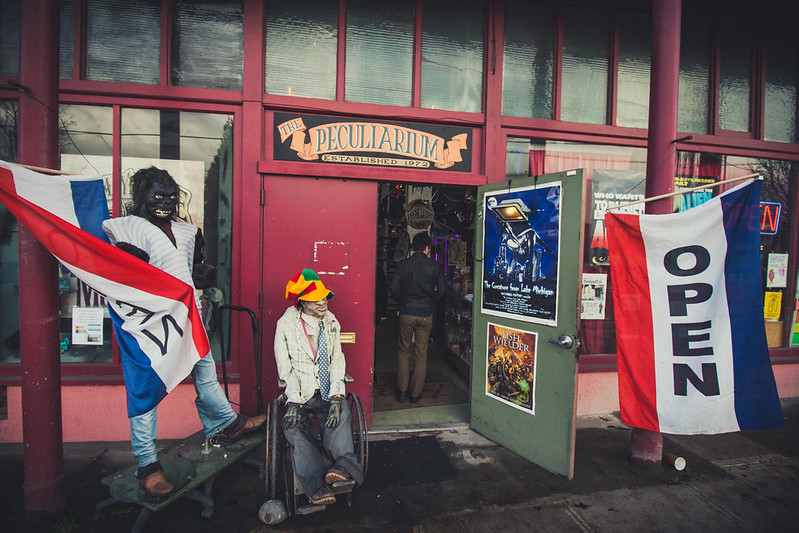
This oddball museum on Northwest 23rd houses one of the world’s weirdest collections, featuring everything from shrunken heads to alien artifacts in a space that feels like a mad scientist’s laboratory. Owner Mike Wellins has spent decades collecting bizarre artifacts and oddities that tell strange stories about human nature and our fascination with the unusual. The museum regularly rotates exhibits, so repeat visits always offer something new to discover. Interactive displays let you touch and examine many items, making it feel more like exploring an eccentric relative’s attic than visiting a traditional museum.
Crystal Springs Rhododendron Garden
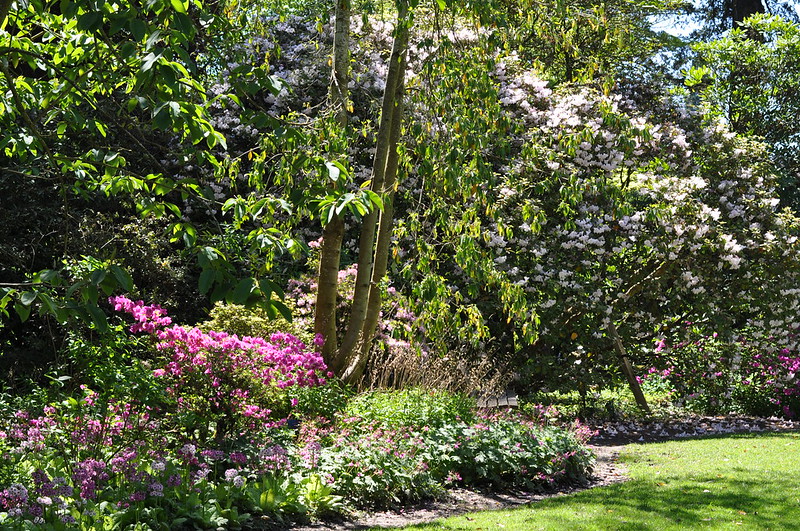
This 9-acre botanical garden comes alive from March through June when over 2,500 rhododendrons and azaleas create a riot of color that transforms the space into something from a fairy tale. The garden’s winding paths cross over springs and creeks, creating microclimates that support plants from around the world. Ducks and other waterfowl make their homes in the garden’s ponds, and turtles often sunbathe on logs during warm afternoons. The entrance fee keeps crowds manageable, and early morning visits often feel like having a private garden all to yourself.
Powell Butte Nature Preserve
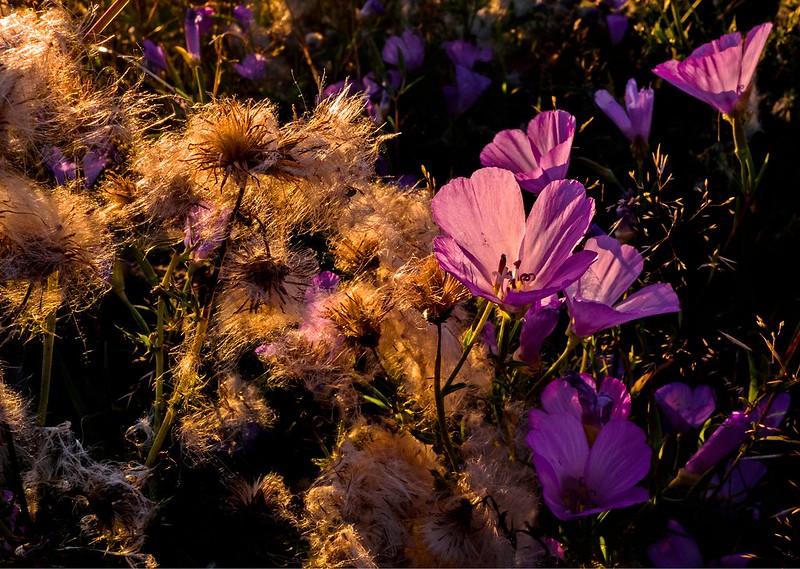
This 612-acre extinct volcanic cinder cone offers 15 miles of trails through meadows, forests, and wetlands that feel completely removed from urban life. The summit provides views of five Cascade peaks on clear days, while the diverse habitats support over 150 bird species throughout the year. Mountain bikers and horseback riders share many of the trails, creating a multi-use space that brings different communities together. The preserve’s size means you can easily spend half a day exploring without seeing the same area twice, and the variety of landscapes keeps every trail interesting.
Oaks Bottom Wildlife Refuge
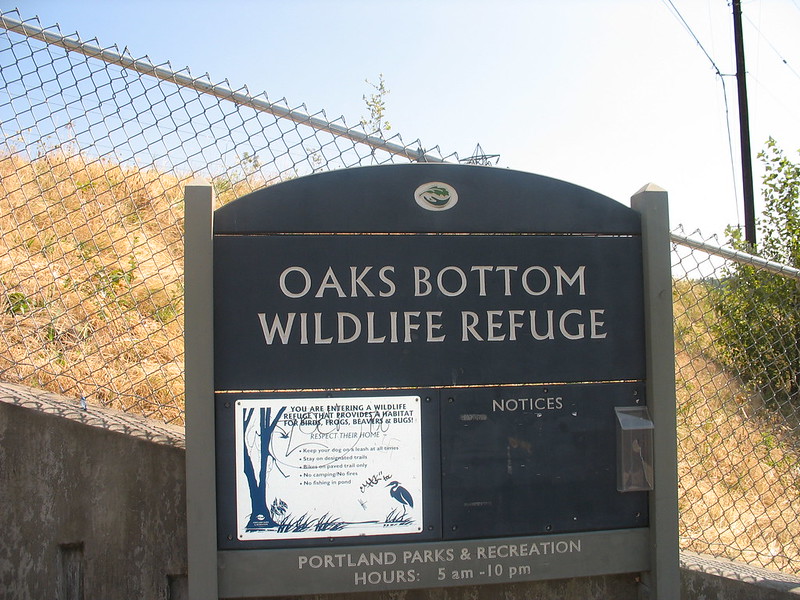
Portland’s first wildlife refuge sits right in the city but feels like a remote wetland where herons stalk through shallow waters and osprey nest in tall trees. The 2-mile loop trail takes you through different habitats, from dense woodlands to open meadows where wildflowers bloom in spring and summer. Birdwatchers regularly spot over 100 species here, including some rare visitors that use the refuge as a stopover during migration. The elevated boardwalk sections provide excellent viewing opportunities without disturbing the wildlife, and benches positioned throughout the refuge offer perfect spots for quiet observation.
Mount Tabor’s Hidden Reservoirs
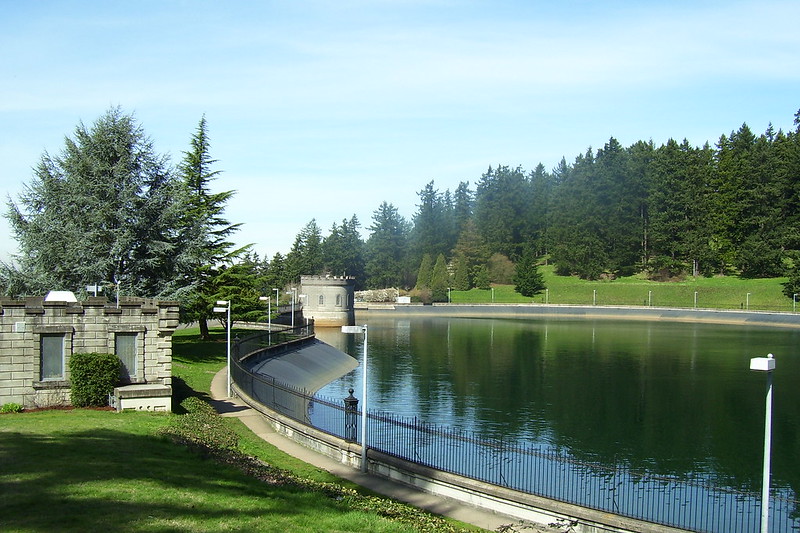
While most visitors climb Mount Tabor for the views from the summit, the three open reservoirs on the mountain’s slopes offer their own unique perspectives and peaceful walking paths. These historic water storage facilities, built in the early 1900s, create mirror-like surfaces that reflect the sky and surrounding trees in ways that change throughout the day. The reservoir areas stay less crowded than the summit, making them perfect for quiet walks or reading on the surrounding benches. During summer evenings, the reservoirs become popular spots for watching sunset colors dance across the water’s surface.
Cathedral Park’s River Beach
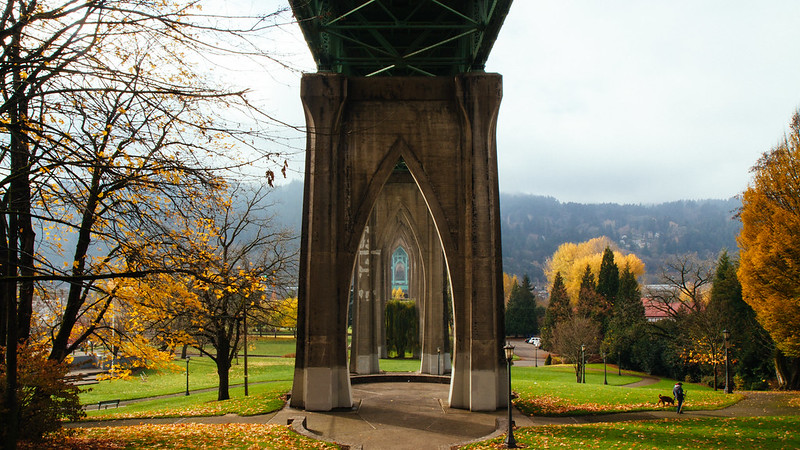
Underneath the dramatic St. Johns Bridge, Cathedral Park’s small beach area provides direct access to the Willamette River and some of Portland’s best river views. The beach attracts families during summer months, but early morning and evening visits often find it nearly empty except for the occasional great blue heron hunting in the shallows. The park’s towering cottonwood trees create a natural cathedral effect that gives the area its name, and the bridge’s Gothic arches frame the river in architectural beauty. River currents keep the water moving, and on calm days, you can see fish jumping just offshore.
Leach Botanical Garden
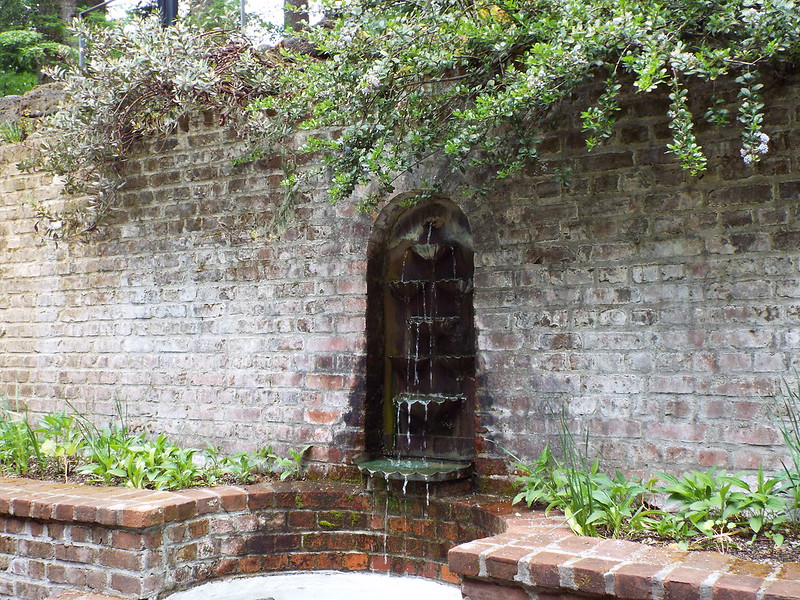
This 16-acre garden in Southeast Portland showcases Pacific Northwest plants in natural settings that demonstrate how native species can create stunning landscapes. The garden’s collection includes over 2,000 plant species, many of which were collected by botanists John and Lilla Leach during their travels throughout the region. Winding trails connect different garden areas, from woodland paths under old-growth trees to sunny meadows filled with native wildflowers. The historic stone house serves as a visitor center and houses exhibits about regional botany, but the real education happens outdoors where plants are labeled and arranged to show their natural relationships.
Smith and Bybee Wetlands
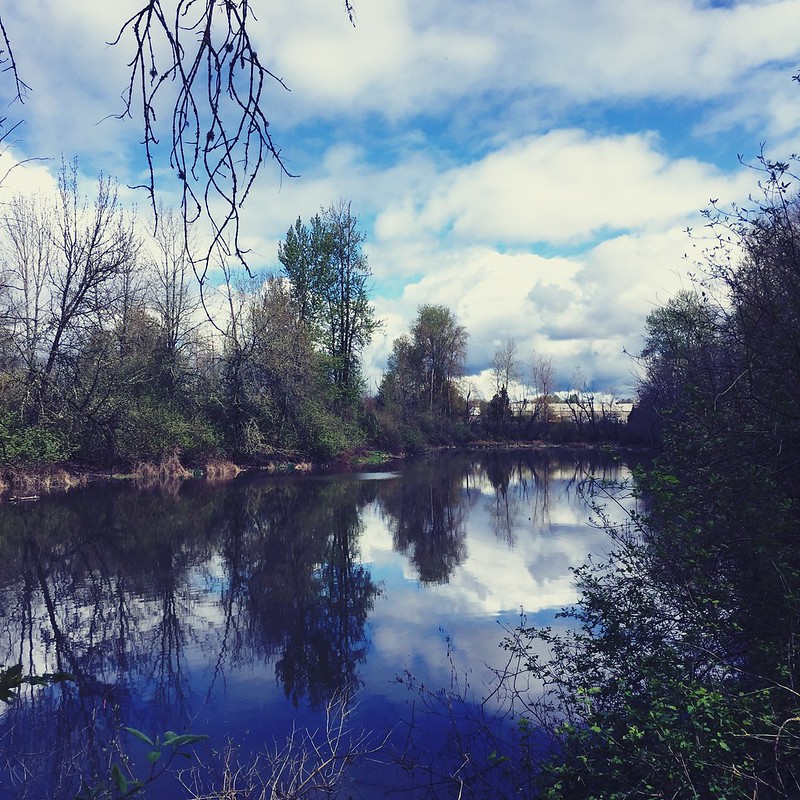
This 2,000-acre natural area represents the largest protected wetland within a major U.S. city, supporting over 140 bird species and countless other wildlife in a landscape that existed here long before Portland was founded. The 2-mile trail loop takes you through different wetland habitats where you might spot river otters, beavers, or one of the many hawk species that hunt over the open water. Spring brings migrating waterfowl in huge numbers, while summer offers glimpses of osprey families raising their young in massive nests. The wetlands feel completely wild despite being surrounded by industrial areas, creating a surprising oasis that demonstrates nature’s resilience.
Jade District’s Hidden Food Scene
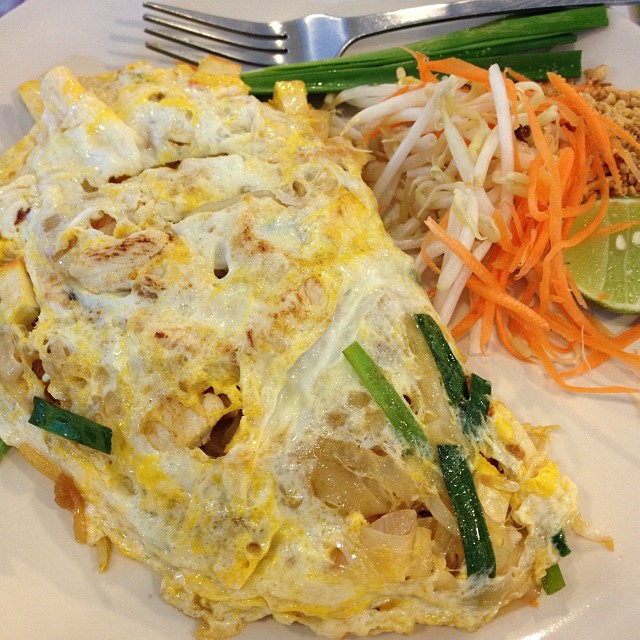
Southeast Division’s Jade District contains some of Portland’s most authentic Asian restaurants tucked into strip malls and converted houses, where the best meals happen at places with no English signs. Local immigrant communities have created gathering spots that serve dishes you won’t find anywhere else in the city, from hand-pulled noodles made fresh daily to regional specialties that change with the seasons. Many of these restaurants operate more like community centers where regulars gather to share news and maintain cultural connections. The area’s grocery stores offer ingredients and prepared foods that provide windows into different Asian cuisines, making it possible to explore multiple cultures within a few blocks.
Johnson Creek Park’s Wetland Loop
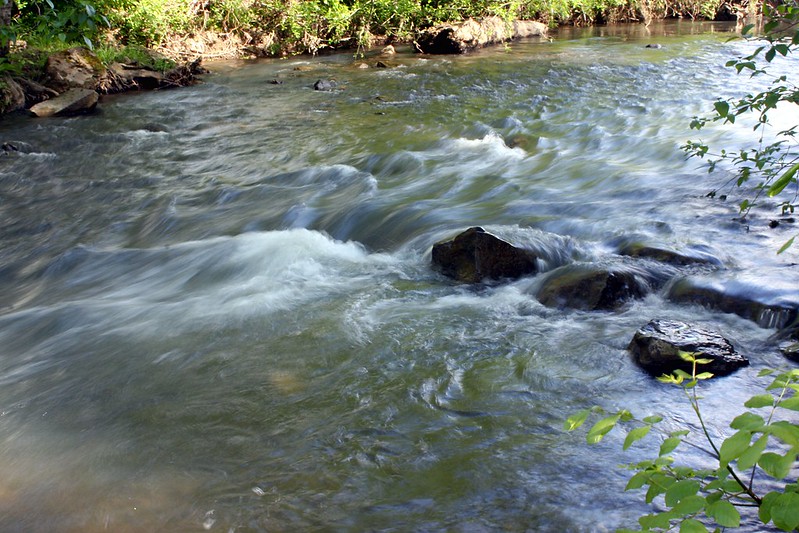
This restored wetland area along Johnson Creek demonstrates how urban streams can be brought back to life through community effort and environmental restoration. The 1-mile loop trail passes through different habitats where native plants filter stormwater and provide homes for birds, mammals, and insects that have returned as the ecosystem recovers. Interpretive signs explain the restoration process and help visitors understand how urban waterways can support both wildlife and flood control. The park attracts families of ducks and geese that have made permanent homes in the improved habitat, and beaver activity creates constantly changing landscapes that make each visit different from the last.
Portland’s Living History
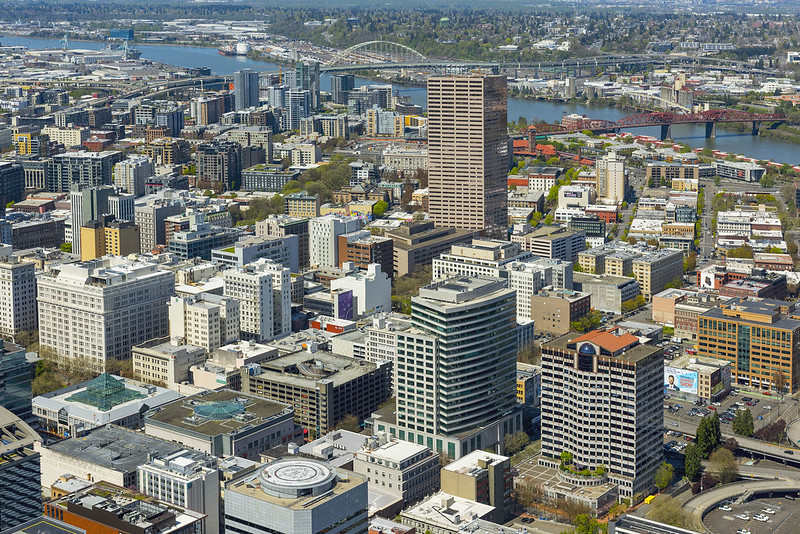
These hidden gems represent more than just secret spots to explore — they showcase how Portland has grown while maintaining its connection to the natural world that originally drew people to this region. From extinct volcanoes that became neighborhood parks to wetlands that survived urban development, these places tell the story of a city that figured out how to keep its wild spaces alive. Each location offers something different, whether that’s solitude in the forest, community gathering spaces, or windows into cultures that have made Portland their home. The next time you visit Portland, skip the obvious tourist stops and discover the places where the city’s real character comes alive.
More from Travel Pug

- 20 Best Beach Towns in the Carolinas
- 13 Destinations Where Tourists Regularly Regret Their Trip
- 20 Things You Actually Get in First Class
- 20 Small Airports With Aviation Museums
- 20 Places in the U.S. That Are Perfect for a Reset Trip
Like Travel Pug’s content? Follow us on MSN.
